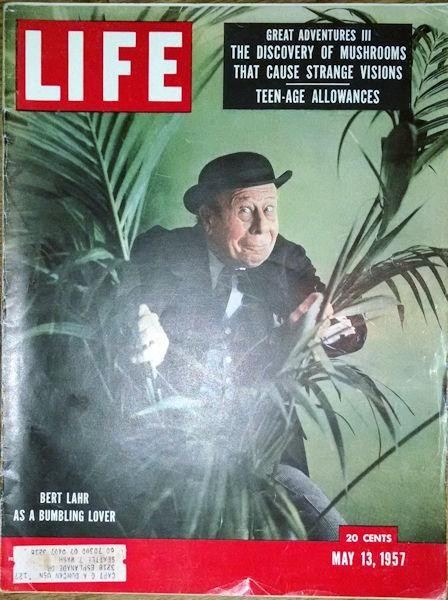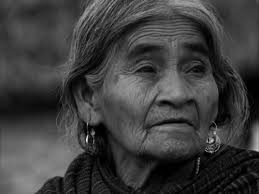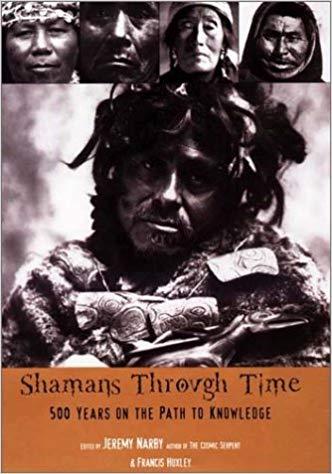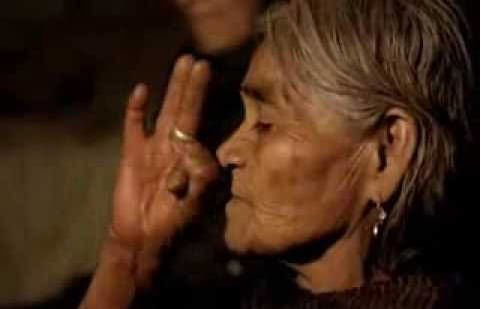
by Gray Wolf
In 1957, U.S. ethnomucologist and banker, R. Gordon Wasson, arrived in Hualtla, Oaxaca, to seek out the mushroom ritual with shaman and curandera, Maria Sabina.

Up until that time, Maria only administered the ritual with members of her tribe and her community who were presenting illness. In May of 1957, Wasson published an article of his experience in Life magazine.


After this published account, spiritual seekers, including the Beatles, began arriving in Hualtla to experience the ritual with Maria. The village was inundated with tourists. Tribal members who felt that Maria had prostituted the ritual medicine, burned her house and killed her son. Later, Maria expressed remorse that she had introduced the ritual medicine to the white man.

Today in Mexico, the occurrence of tourists seeking a “spiritual experience” using plant medicines, or entheogens, is at an all-time high (pun intended). Ayuhuasca, Peyote, Daime, DMT, in the form of toad poison, are being administered daily in for-pay rituals throughout Mexico. Many who experience these rituals are seeking God, others are seeking a spirit-based hallucinogenic high.

In Jeremy Narby’s 1995 anthology Shamans Through Time: 500 Years on the Path to Knowledge, Mexican shamanism is referred to as the lowest common denominator in global shamanic culture; Mexican shamans are referred to as glorified drug dealers. A bit extreme, this statement clearly references the shamanic ritual used for financial gain through spiritual tourism. What this reference does not identify are the many shamanic rituals performed with integrity here in Mexico for the purpose of spiritual growth. This spiritual tourism can be dangerous, as the crown chakra is opened to the astral, permitting both benevolent and malevolent spirit entities to enter the participant, in a type of spiritual Russian roulette. In 2003, a participant of an Ayuhasca ceremony here in San Miguel committed suicide after she could not clear the diabolic entities that were tormenting her in her sleep. Sacred shamanic rituals that are administered with integrity will always utilize “guardians” – experienced participants, who observe the spirit entities that arrive in the ritual and protect participants from malevolent entities that attempt to attach to the spirit of the participant.

Shamanism is soul healing which brings the patient into renewed wholeness. In his writings on Toltecan shamanism, Mexican shaman Victor Sanchez identifies the role of the shaman in any community as that of a humble service, not a role of power over the community for profit. In most traditions of shamanic initiation, the first rule of the initiating medicine men is that the shaman is never to sell the rituals. Unfortunately, many shaman today are being handled by promoters, booking agents and publicists. In Peru, two well-known shaman are currently engaged in a war of envy over who is profiting more from their spiritual tours. The most dangerous temptation of any shaman is to succumb to the egoic power of profit, compromising their vocation of humble service to their community. Sadly, this is too common.
For more understanding of shamanic healing, you may read Michael Harner’s The Shaman’s Way or Sandra Ingerman’s Soul Retrieval.
**************
 Gray Wolf holds a B.S. in pre-medicine from Lipscomb University; is certified in traditional massage therapy from the Florida School of Massage; is certified in Ericsonian Hypnotherapy from the Institute of Integrative Healing Arts; is an initiated Reiki master; is a graduate of the Stillpoint School for Spiritual Direction; an initiated neo-shaman (International Foundation for Shamanic Studies) and initiated shaman (Lakota tradition). Gray Wolf currently resides and practices in San Miguel de Allende.
Gray Wolf holds a B.S. in pre-medicine from Lipscomb University; is certified in traditional massage therapy from the Florida School of Massage; is certified in Ericsonian Hypnotherapy from the Institute of Integrative Healing Arts; is an initiated Reiki master; is a graduate of the Stillpoint School for Spiritual Direction; an initiated neo-shaman (International Foundation for Shamanic Studies) and initiated shaman (Lakota tradition). Gray Wolf currently resides and practices in San Miguel de Allende.
Gray Wolf Healing
You must register and log in to write a comment.
Please use the "login" link at the top (right) of the page.
|